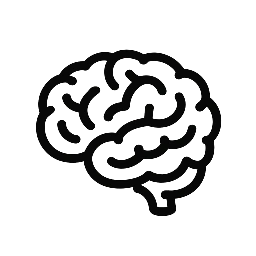AI-powered translation tools like DeepL and Google Translate have revolutionized how we communicate across languages. But they’re not flawless. By looking at common translation errors, we can learn not only where AI struggles, but also how languages differ in structure, meaning, and culture.
Literal Translations
One of the most frequent mistakes is literal translation—where AI translates word-for-word instead of capturing meaning.
- Example: French “avoir faim” → “to have hunger” (literal), instead of “to be hungry.”
These errors reveal how idioms and expressions vary across cultures and why context matters in translation.
Gender and Agreement Errors
Many AI systems trained on English struggle with gendered languages like French, Spanish, or German.
- Example: Translating “the doctor” into French often defaults to “le médecin” (masculine), even if the subject is female.
These biases highlight the influence of training data and how societal stereotypes shape AI outputs.
Ambiguity and Polysemy
Some words have multiple meanings depending on context. AI sometimes chooses the wrong one.
- Example: English “bank” → French “banque” (financial) vs. “berge” (riverbank).
These mistakes show how essential context is in disambiguating meaning.
Translation errors are more than just glitches—they reveal linguistic complexity and reflect biases in AI training data. Recognizing them helps us understand both the strengths and limitations of AI, and why human expertise remains vital for high-stakes translation.
Next, we’ll look at the challenges AI faces with low-resource languages and why inclusivity matters.
👉 Read next: Challenges with Low-Resource Languages
Curious about the energy and cost behind each article? Here’s a quick look at the AI resources used to generate this post.
🔍 Token Usage
Prompt + Completion: 2,950 tokens
Estimated Cost: $0.0059
Carbon Footprint: ~13g CO₂e (equivalent to charging a smartphone for 2.6 hours)
Post-editing: Reviewed and refined using Grammarly for clarity and accuracy
Tokens are pieces of text AI reads or writes. More tokens = more compute power = higher cost and environmental impact.
